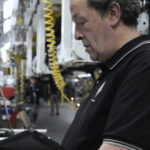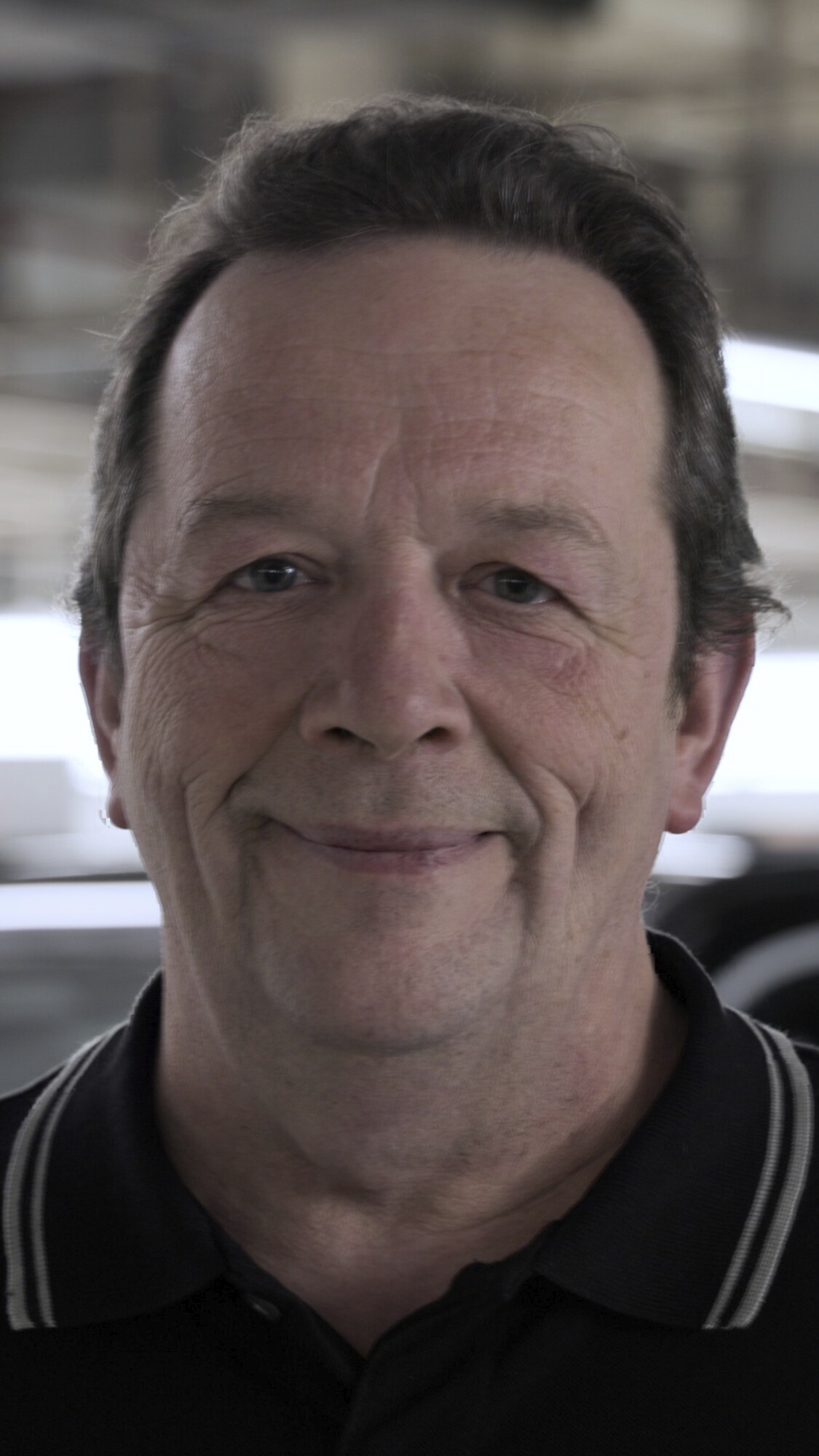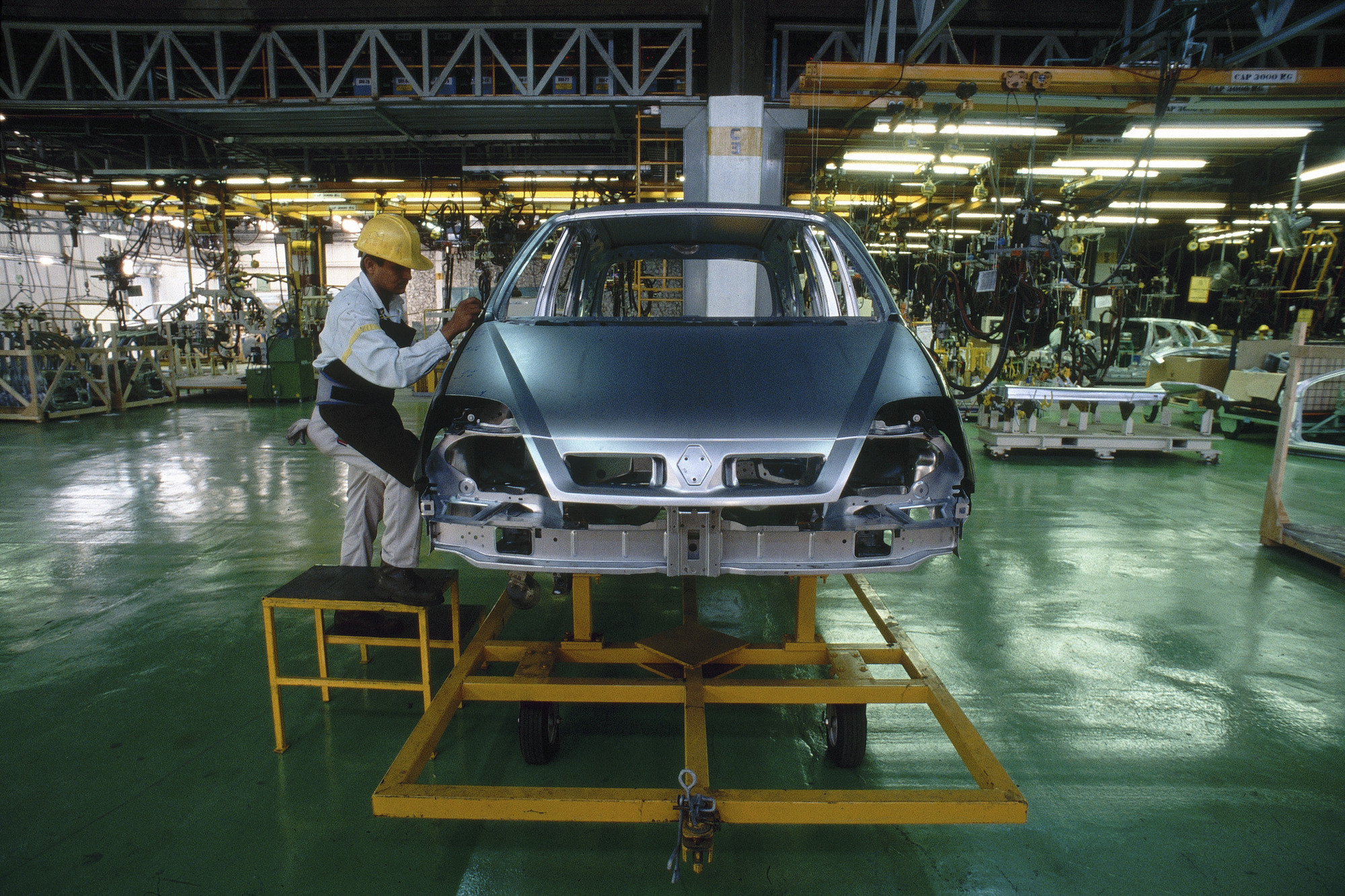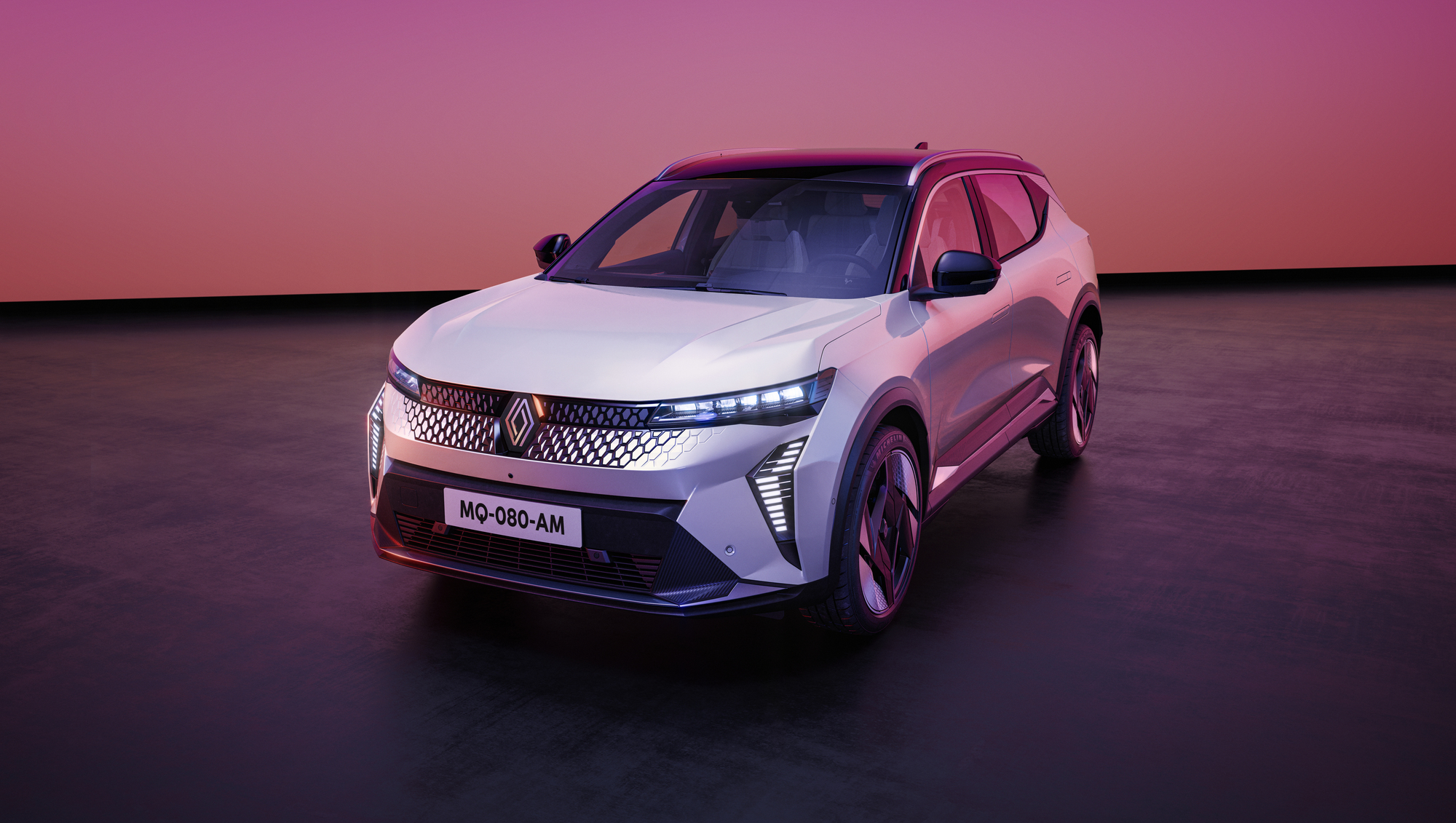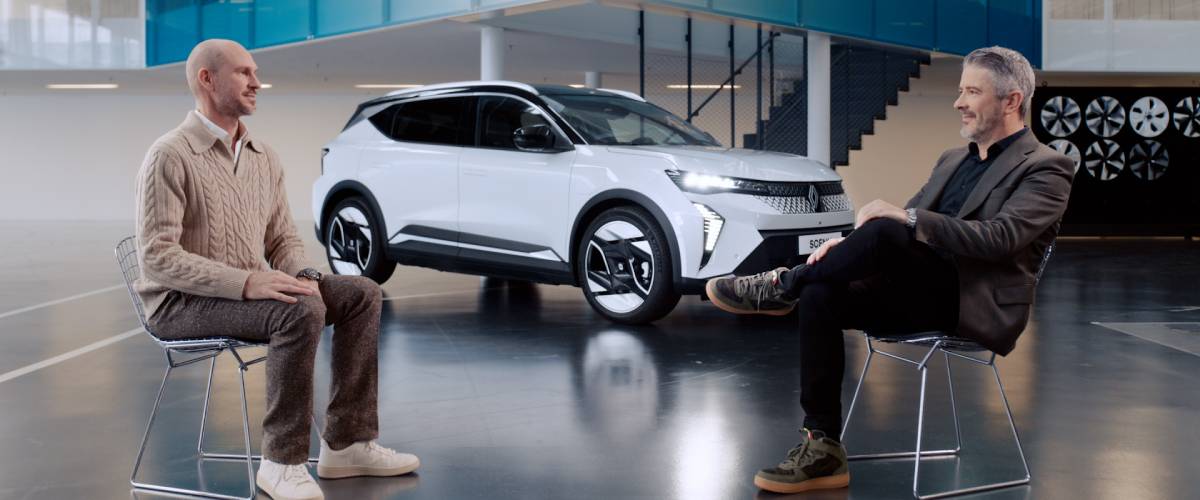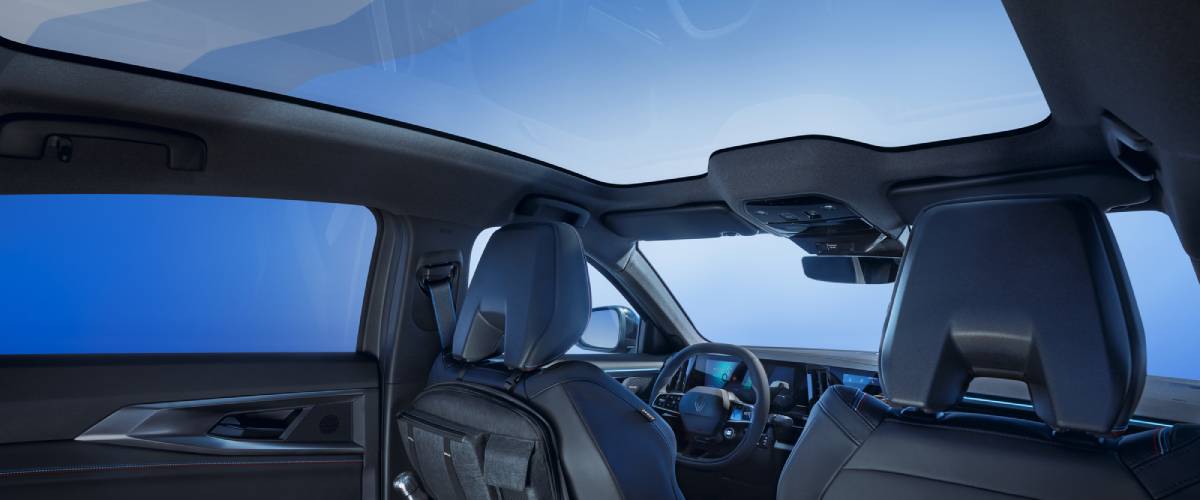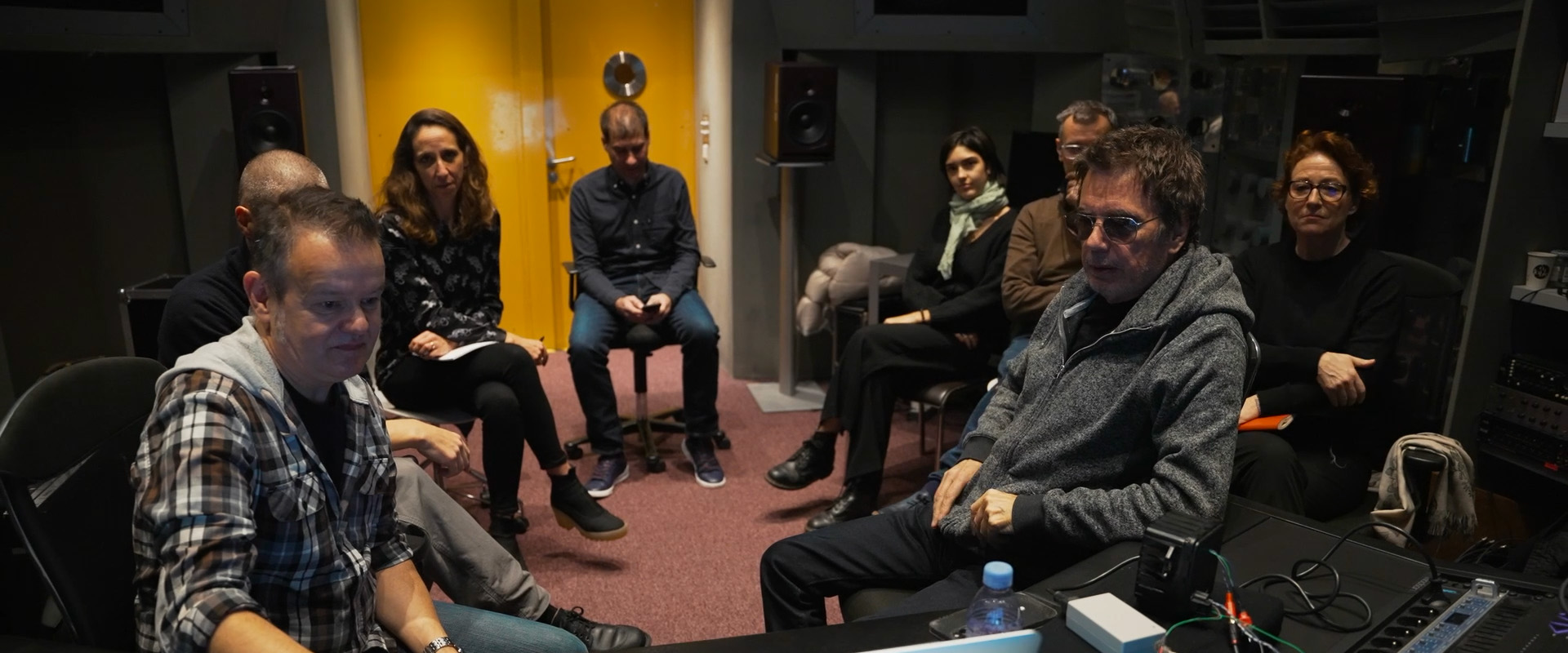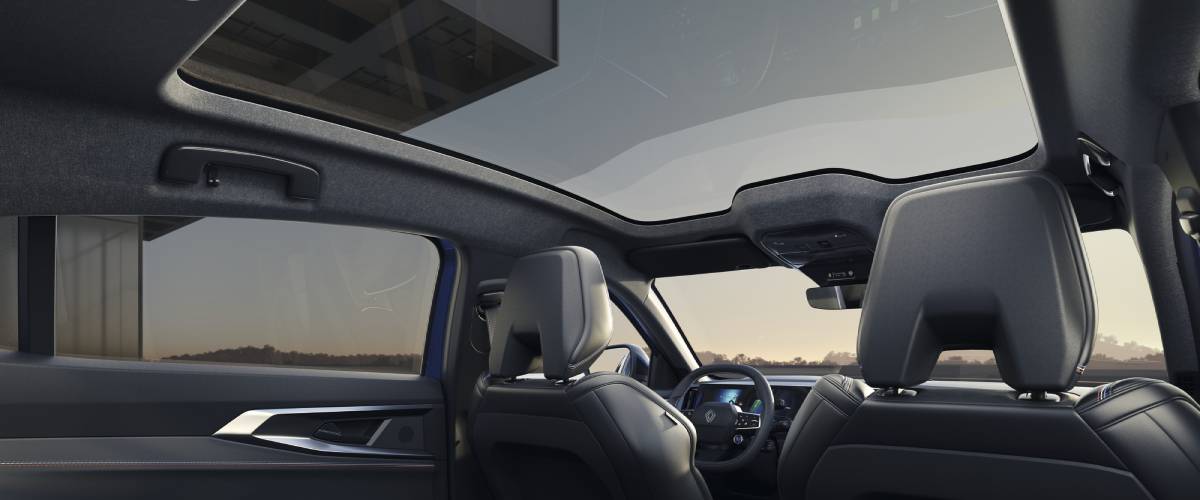The fifth-generation Scenic E-Tech electric, due to go on sale shortly, is produced in Douai France, the site where it was born in 1996. Who better to talk about the evolution of this iconic model and the plant where it is made than Franck Lucas, Unit Manager, who is celebrating 41 years of service at the site this year. Franck has been involved in the production of every generation of Scenic since its inception and has witnessed the technological advances from one iteration to the next, as well as the improvements made to workstations and manufacturing methods within the plant. Let Franck tell you about the evolution of one of Renault's French industrial flagships, where its team spirit remains as intact as it was in the early days.
When Franck Lucas began his career in Douai in 1982, he worked as an assembly operator in the workshop preparing dashboards for the Renault 11. After progressing through several positions, he was present for the arrival of the Megane, the new compact model that replaced the Renault 19. The following year, in 1996, a variant of Megane was launched, called 'Megane Scenic', which became Europe's first compact MPV. The name comes from the 1991 compact concept car called S.C.E.N.I.C., which stands for "Safety Concept Embodied in a New Innovative Car". The first-generation Scenic was an immediate success, selling almost 2.8 million units. As proof of its success, it won the prestigious “European Car of the Year” award in 1997, a feat that Scenic E-Tech electric repeated 27 years later by becoming “Car of the Year” 2024.


